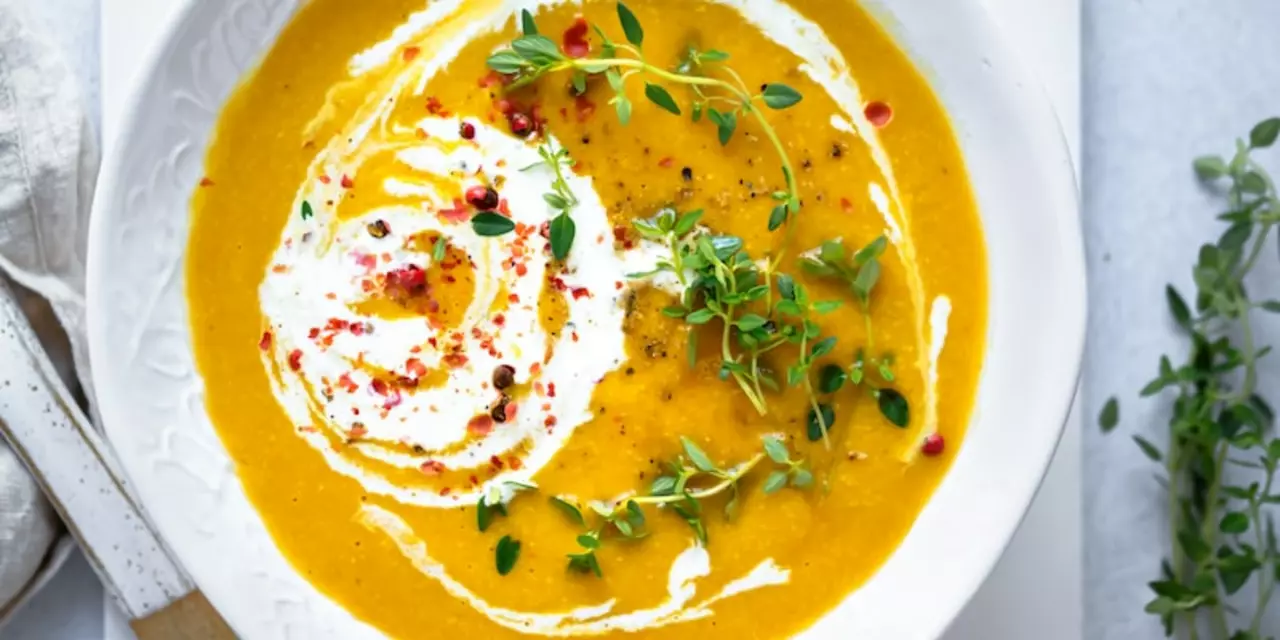Indian Food: A Tasty Journey Through Flavors and Traditions
Indian food isn’t just a meal – it’s a story of spices, culture, and family. From buttery naan in the north to coconut‑rich curries down south, each region adds its own twist. If you’re new to the cuisine, start with a few basics: a hot tikka masala, a tangy samosa, and a soothing lassi. These dishes give you a taste of the bold flavors that make Indian cooking so popular worldwide.
Regional Highlights You Shouldn't Miss
North India loves dairy and wheat. Think creamy butter chicken, fluffy roti, and fragrant biryani layered with saffron. Moving east, Bengali cuisine brings mustard seeds and fish into the mix – a mustard‑spiced machher jhol can change your mind about seafood. The south switches to rice and coconut; dishes like dosas and ambar are crispy, tangy, and perfect for breakfast or dinner. West India, especially Gujarat and Rajasthan, balances sweet and spicy with dhokla, kadhi, and peppery gatte ki sabzi.
How to Find Authentic Indian Food Near You
If you’re hunting for the best Indian food in the United States, California tops the list. Cities such as San Francisco, Los Angeles, and San Diego host restaurants that serve everything from street‑style chaat to fine‑dining thalis. Our post “Which American state has the best Indian food?” explains why the Golden State’s fresh produce and diverse immigrant communities create a perfect backdrop for authentic flavors.
When you choose a place, look for a menu that lists the region of the dish. A South Indian restaurant will often have dosas, idlis, and coconut chutney, while a North Indian spot will showcase tandoori breads and rich gravies. Ask the staff for their most popular dish – they love sharing the story behind each recipe.
Cooking at home is another great way to enjoy Indian food. Most spice blends are available in regular grocery stores; a simple mix of cumin, coriander, turmeric, and garam masala can turn a plain vegetable stir‑fry into a flavorful curry. Keep a few staple ingredients – lentils, basmati rice, and yogurt – and you’ll be ready to whip up a quick dal or raita in minutes.
Finally, remember that Indian food is meant to be shared. Serve multiple dishes, let everyone sample a bit of everything, and enjoy the conversation that comes with it. Whether you’re ordering takeout, dining out, or cooking at home, the joy of Indian cuisine lies in its variety and the love put into each plate.

Is it safe to eat Indian food left out overnight?
The article discusses the safety of eating Indian food that has been left out overnight. It states that the food should not be eaten if it has been left out for more than four hours, as it can become unsafe to eat. Additionally, the article recommends avoiding leaving food out for long periods of time and keeping it refrigerated if possible. It also suggests reheating food to at least 165°F to kill any potential bacteria that may have grown on the food. Finally, the article warns against eating food that shows signs of spoilage or has an unusual smell. In conclusion, it is best to avoid eating Indian food that has been left out overnight.
- Sports (7)
- Legal News (2)
- Business (2)
- News and Media (1)
- Food Safety (1)
- Politics and Government (1)
- Travel and Food (1)
- Culture & Lifestyle (1)
- Politics & Government (1)
- Marketing (1)
-
Narendra Modi not the only PM to also serve as CM?
30 Jul 2023 -
What are some of the good things about The Times of India?
29 Mar 2023 -
Sampat Aluminium IPO Soars 9.6x as JD Cables Debuts; Details Inside
9 Oct 2025 -
Is Indian media biased?
27 Jan 2023 -
iPhone 16 Slashes to Rs. 36,650 in India During Black Friday, Offering 54% Off Launch Price
27 Nov 2025
14.02.23
Aarav Chatterjee
0